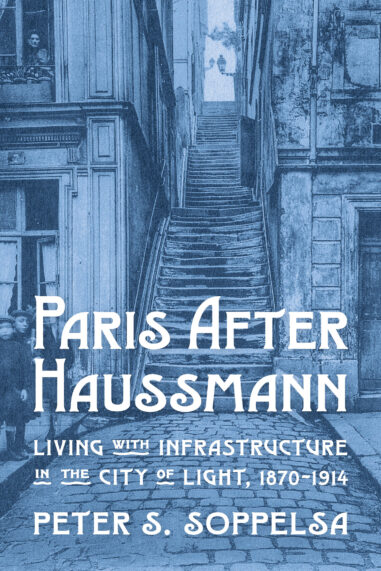
Paperback $40.00
Also available in Hardcover
Request Exam or Desk Copy. Request Review Copy
Paris After Haussmann
Living with Infrastructure in the City of Light, 1870–1914
This marvelous book provides critical insight into the relationships between technology, society, and the urban environment in a modernizing Paris. Peter S. Soppelsa lays bare the visible and invisible aspects of the infrastructure that shaped both the form and the human experience of the city’s vertical, spatial, and subterranean geographies. The result is an essential portrait of the uneven reach of Paris’s infrastructures of transportation, sanitation, and organization, which both reflected and reinforced novel inequalities.

